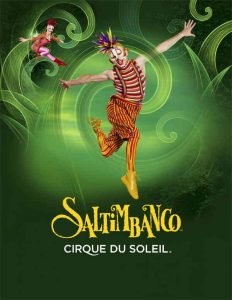O que se disse para a Babilônia da época de Nabucodonosor (séculos VII-VI a.C.), possivelmente com razão, continua, tristemente, a acontecer, sem razão, com a Babilônia do terceiro milênio d.C.: “A larga muralha da Babilônia será completamente arrasada e atearão fogo em suas altas portas. Assim em vão penam os povos e as nações se cansam para o fogo” (Jr 51,58).
Veja o relato da BBC, mas evite “a biscateação hermenêutica*” (veja no final do post o que é):
EUA pedem ‘desculpas’ pela destruição da Babilônia
Um oficial da marinha americana pediu “desculpas” pela destruição causada pelas tropas nos monumentos arqueológicos da Babilônia, no Iraque. Entre os vários danos, as tropas dos Estados Unidos asfaltaram largas áreas da cidade para fazer estacionamentos e um heliporto, destruíram pavimentos de cerca de dois mil anos com o peso dos veículos militares e fizeram barricadas enchendo sacos com material arqueológico. O teto de um edifício vizinho ao heliporto desmoronou em virtude da vibração causada pelos helicópteros. Os estragos causados pelas forças americanas levarão “décadas” para ser restaurados, segundo Donny George, diretor da entidade iraquiana encarregada de preservar monumentos históricos. Em entrevista à BBC, o coronel John Coleman admitiu os danos e pediu desculpas (cont.)
US marines offer Babylon apology
A senior US marine officer says he is willing to apologise for the damage caused by his troops to the ancient Iraqi site of Babylon. US forces built a helicopter pad on the ancient ruins and filled their sandbags with archaeological material in the months following the 2003 invasion. Colonel Coleman was chief of staff at Babylon when it was occupied by the First Marine Expeditionary Force (…) Col Coleman told the BBC that if the Iraqis wanted an apology for the destruction caused by his men he was willing to give one (cont.)
*Biscateação Hermenêutica ou Picaretagem Hermenêutica
“Por biscateação hermenêutica compreendemos a atitude, e a prática que lhe corresponde, consistindo em tirar da Escritura simplesmente o que reflete o próprio interesse, sem outra preocupação que de se servir dos textos bíblicos como peças destinadas a um projeto teórico ou prático preestabelecido”, explica BOFF, C. Teologia e Prática: Teologia do Político e suas mediações. 3. ed. Petrópolis: Vozes, 1993, p. 245.

